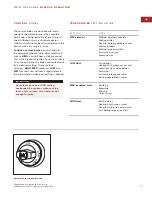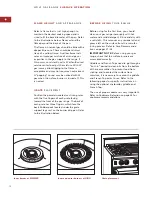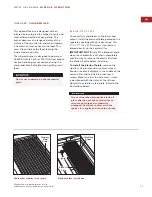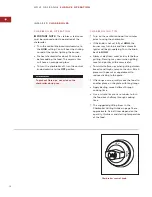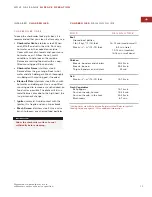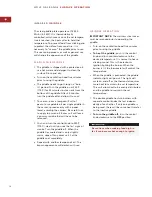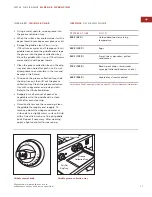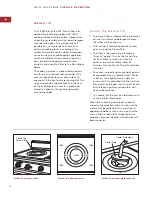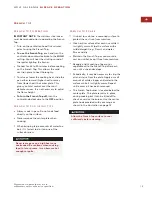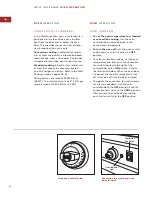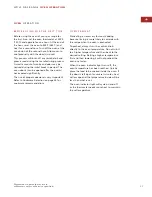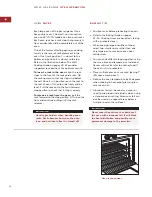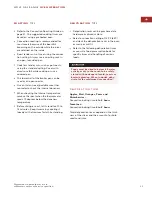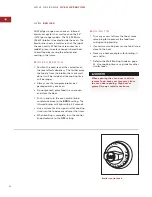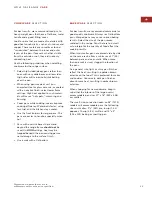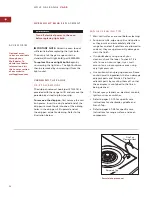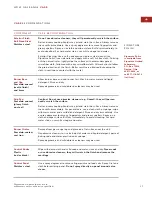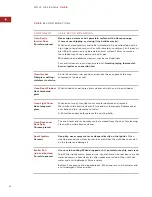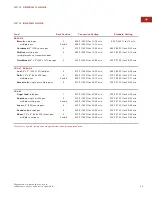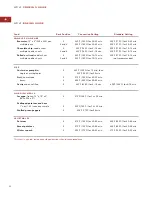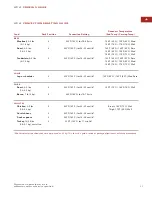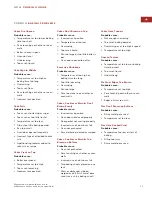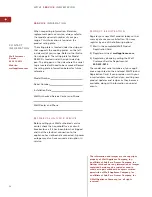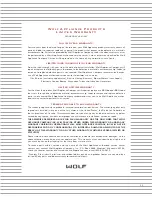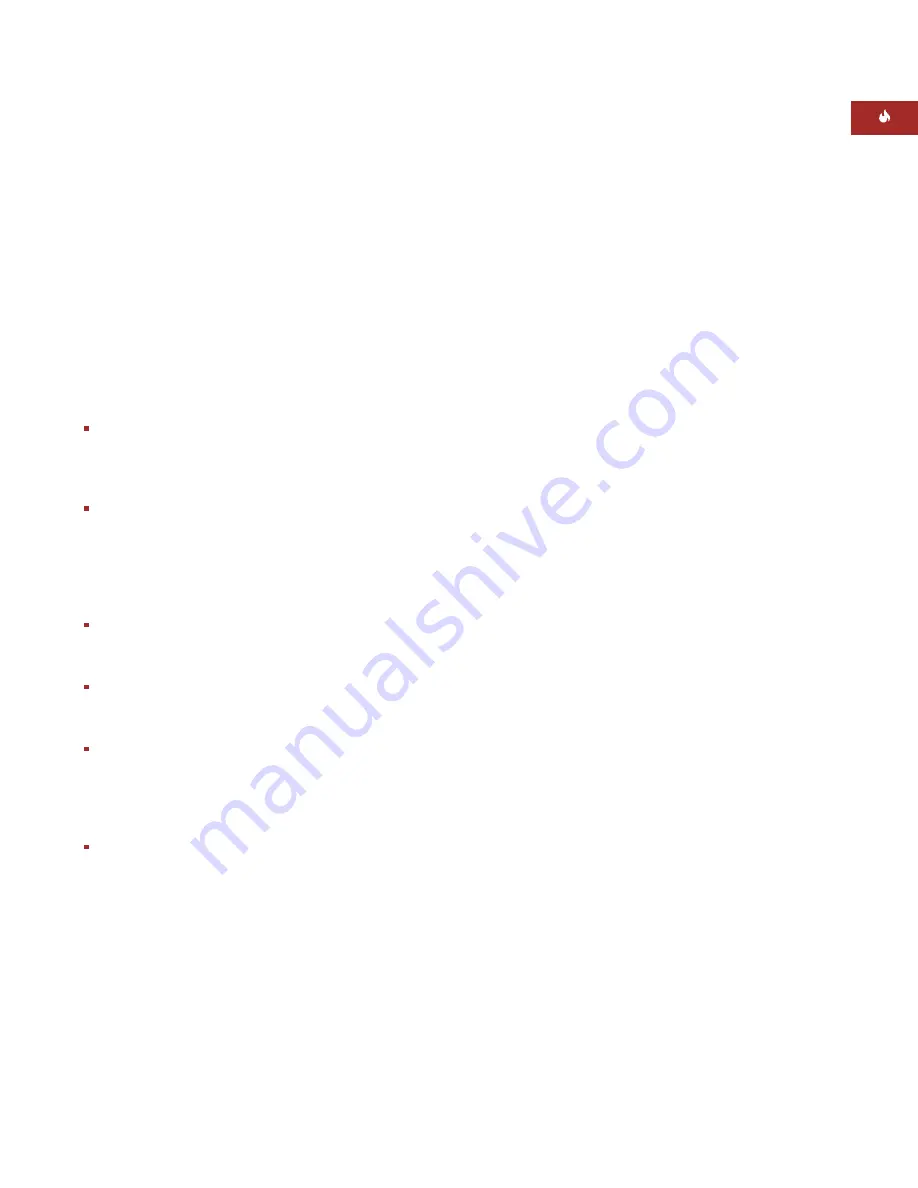
25
Dimensions in parentheses are in
millimeters unless otherwise specified.
W O L F G A S R A N G E
C A R E
B A K E WA R E
S E L E C T I O N
For best results, we recommend commercial or
good-quality cookware. Always use flat-bottom
pans. Warped pans may cause uneven baking
results. Select the size of the pan recom-
mended in the recipe. Pans that are too small
or too large for the quantity of food affect the
cooking results.
When two smaller pans are placed side by side
on the same rack, allow a minimum of 1" (25)
between pans and oven walls. When more
than one rack is used, stagger the location of
the pans.
As a general rule, light or shiny pan finishes
reflect the heat, resulting in a golden brown
exterior on the food. This is preferred for cakes
and cookies. Conversely, dark pan finishes
absorb more heat, resulting in darker brown
exteriors.
When shopping for new cookware, keep in
mind that the interior of the large oven(s)
accommodate pan sizes 21" x 16" (533 x 406)
or smaller.
The small, non-convection oven on 48" (1219)
models will accommodate pans the following
sizes or smaller: 9
1
/
2
" (241) pie, 6-cup (1.4 L)
popover, 12-cup (2.8 L) muffin and 12" x 9"
(304 x 229) baking or roasting pan.
C O O K WA R E
S E L E C T I O N
For best results, we recommend medium- to
heavy-weight pans that have a flat base, metal
handle and a good-fitting cover.
Look for pans that are made of materials with
good heat conductivity, such as aluminum and
copper. These metals are sometimes found
”sandwiched” between the inner and outer
layers of the pan. If present, whether visible
from the outside or not, they aid in evenly
conducting heat.
Use the following guidelines when selecting
cookware for the range surface:
Select high-sided (deep) pans rather than
ones with very wide bases and low sides.
High sides will minimize liquids boiling
over the pan.
When using pans made of cast iron,
enameled steel or glass ceramic, or coated
with a nonstick finish, select lower flame
settings. High heat applied to such materi-
als will cause ”hot spots,” scorching and
burning.
Cover pans while cooking; covers improve
cooking efficiency. Water boils faster, using
less fuel, and the kitchen stays cooler.
Use the front burners for larger pans. The
pans are easier to handle, especially when
hot.
Pans with oversize bases that extend
beyond the range frame should not be
used. On HIGH settings, heat may be
trapped beneath the pan causing perma-
nent damage to the surface finish.
Use a wok with a flat bottom.

